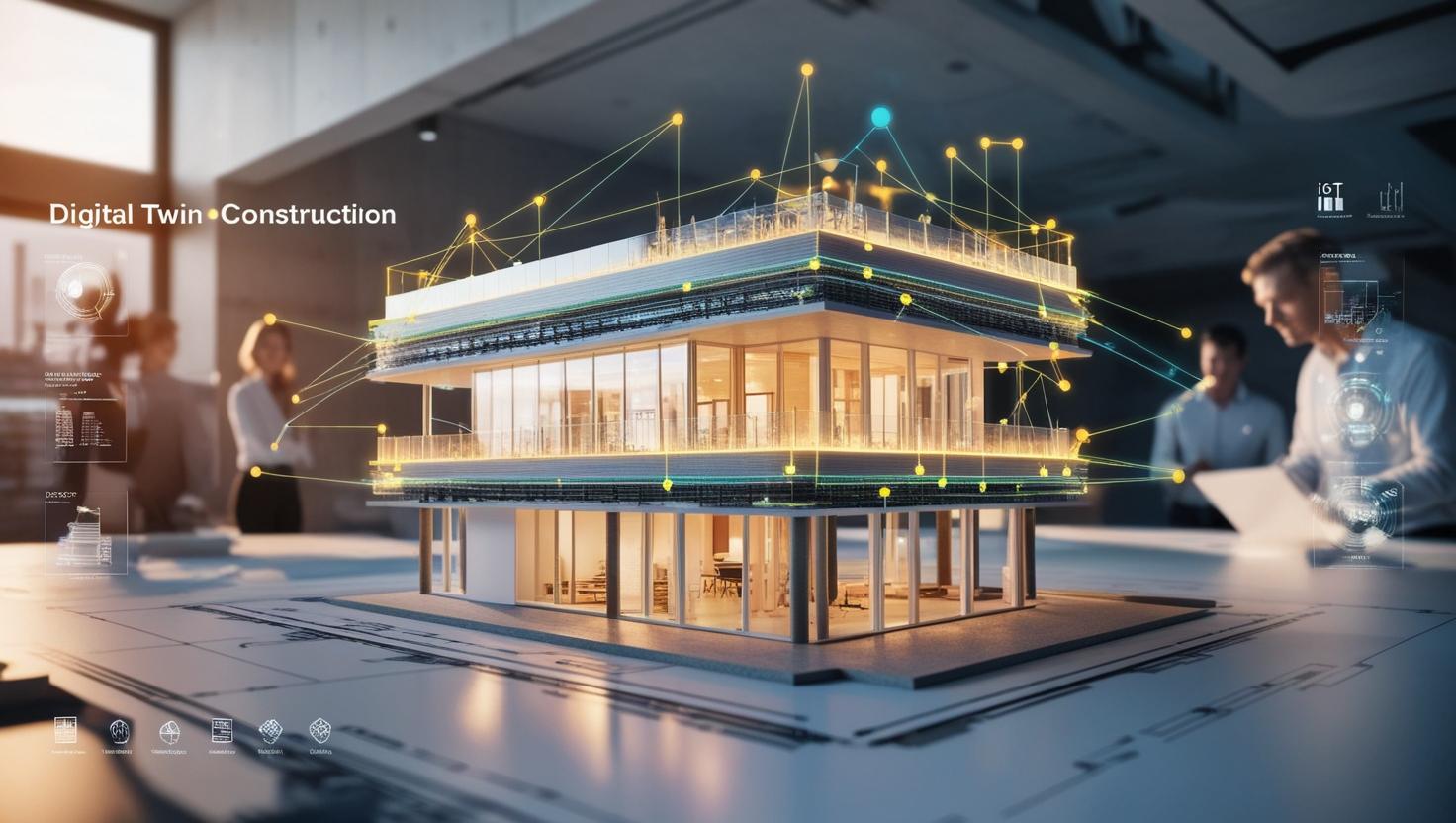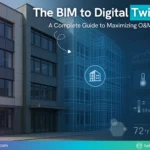What is Digital Twin? 5 Ways to Leverage Digital Twins to Support Public Health & Safety
May 19, 2022

Digital Twins has shown rapid acceptance in the past two years. An US based report stated that the market for digital twins was pegged at around 4 billion USD in revenue in 2019 and is expected to reach 36 billion USD by 2025. Initially introduced to the aerospace industry in the 1960s, this emerging technology has now found takers in the manufacturing sector, smart city development projects, infrastructure and retail sectors.
What is Digital Twin?
Digital Twin in construction refers to a 3D virtual representation of a physical building with accurate data on each asset collected from IoT (Internet of Things)-enabled devices like sensors attached to the building and equipment. The 3D model stores accurate real-time data of the asset right from the design and planning through post-construction. This data enables monitoring and maintenance of the asset in real time with clarity at all stages of the project. It also lends valuable insights into the building’s impact on climate change and incorporates other valuable information about the performance and lifecycle of the asset. Designers, engineers, architects, and project managers can use this data to design and build a robust and resilient asset. This data can even aid decision-making for similar buildings being constructed in identical environments.
Considering around 90% of human lives are spent in buildings, it’s imperative to construct assets that ensure the occupant’s comfort, safety and well-being. An unforeseeable event like the pandemic challenged public spaces and infrastructure at many levels to offer more. Workspaces had to deal with challenges such as managing operational capacities, space vacancies, stringent hygiene measures, and health screenings of building entrants. In such circumstances, the adoption of Digital Twin paired with IoT devices could have helped develop a smart building system that adapts to the occupant’s needs and the environment. A Digital Twin-enabled smart building helps asset managers smoothly manage the new protocols and ensure the safety and comfort of the building occupants.
Here are a few ways in which Digital Twin and its IoT devices can help meet the stringent needs of infrastructure and spaces in terms of public health and safety:
- Enhances the indoor environment
The Digital Twin paired with IoT devices can help improve the air quality and regulate the temperature, humidity, and ventilation to create a comfortable and healthy indoor environment for the building occupants. For instance, air quality sensors can detect high levels of carbon dioxide and alert the ventilation system. Similarly, real-time humidity updates from the sensors can notify the Digital Twin to adapt the HVAC (Heat, Ventilation & Air Conditioning) building systems as per the ambience.
- Monitors building entrants
One of the primary protocols of buildings in the new normal is to identify sick entrants by monitoring their body temperature. The body temperature detection integrated with access control can ensure a contactless and secure solution. Similarly, sensor lights and automated doors can help in creating contactless interfaces. - Minimizes infection spread
HVAC systems are potential carriers of infected droplets which can rapidly spread infections. With the real-time data from sensors, the Digital Twin can help circulate fresh air at regular intervals and reduce recirculation of impure air. This improves indoor air quality and minimizes the risks of getting infected. - Ensures optimum space utilization
With employees returning to work, measures such as space utilization and vacancy monitoring, have been a priority for office facility managers. IoT technologies can help monitor all these aspects and ensure effective facility management. For instance, IoT devices can track vacancy and occupant traffic patterns to plan the space and manage social distancing, if required. IoT sensors can also detect two occupants near each other and alert the Digital Twin model for necessary action.
- Conserves energy and saves costs
Asset managers can access the real-time data of HVAC systems anytime, anywhere. They can monitor and analyze the building spaces that may require higher energy consumption. This works best in the current hybrid working model wherein staggered employee entries are allowed on fixed working days. On days when the spaces are vacant, the building managers can lower the consumption of the heating, cooling, and electricity systems. Such measures not only save the asset maintenance costs but also optimize the utilization of energy and lower carbon emissions.
In many ways beyond this list, Digital Twin along with the IoT devices can automate building systems to adapt to the external environment and create a healthy and comfortable living space for the occupants. While enriching the human experience, Digital Twin and IoT technologies also save energy, minimize carbon footprint and get us a step closer to sustainable living.















